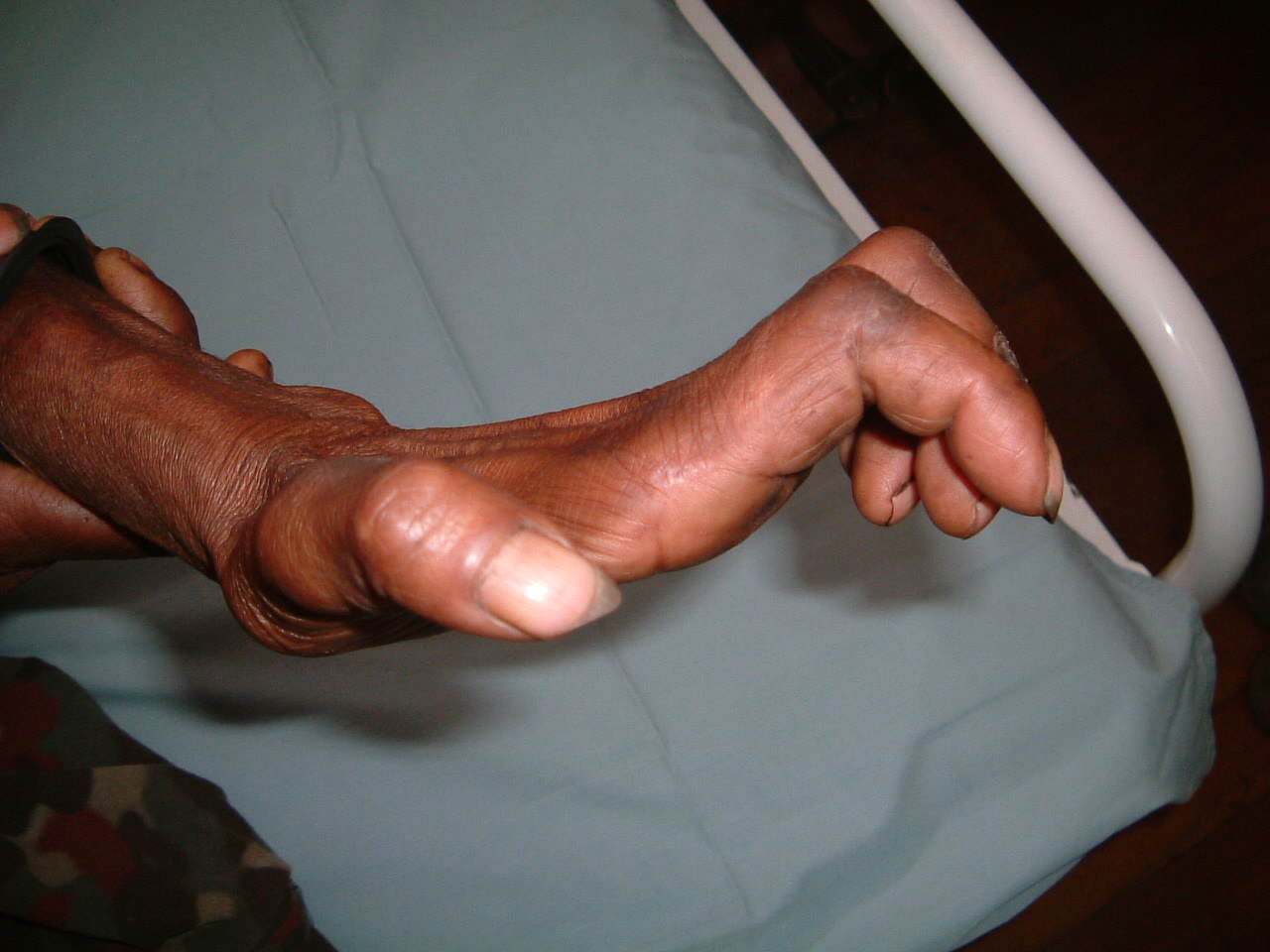Leprosy Symptoms, Treatment
- font size decrease font size increase font size
Mycobacterium leprae is the root cause of leprosy. This is a rod-shaped bacillus which is a necessitate intracellular bacteria. This is a micro-organism that  grows in human and animal bodies only.
grows in human and animal bodies only.
Specifically, they grow in the cells of humans and animals. The growth of this microorganism is very slow and starts to affect the skin first and the mucous membrane, and the nerves inside the body. The affect of leprosy is strictly limited to these organs. In severe cases, leprosy does not spread to other organs except the testes, hands, feet, skin and the nerves in certain parts of the body. The affect is also present in the respiratory organs like the windpipe and the lungs.
It is known through studies that leprosy spreads from person to person with contact of respiratory drops. This is one way of getting the disease, but more than 50 per cent of leprosy patients contract the disease without contact with another patient. There are other factors such as genetics and other environmental conditions for the disease to spread.
Symptoms of Leprosy
There is one thing that makes leprosy very unpredictable and causes late diagnosis, too. The symptoms of this disease are not very evident and occur slowly. There is numbness in the skin, which the patient feels, and they cannot sense extreme environmental temperatures. This is the first symptom of the patient. However, other symptoms of the disease's progression are the loss of sensations like touch, pain and others of the like. There are other severe symptoms like sore skin inside the mouth, skin lesions and dry eyes, and lessened blinking of the eyes. Thus, with these symptoms occurring only in the latter stages of the diseases, it is not possible to give immediate treatment to the patient. However, there are certain treatments for this disease too. Treatments for Leprosy
Treatments for Leprosy
Most of the time, the disease is treated with the use of antibiotics. However, the type of medicines that the patient is recommended to take depends on the stage of the disease. This will also affect the time duration of taking medicines and the dosage they have to take. However, the patient should not take any medicine without the prescription of a doctor and also without a diagnosis.
There are two antibiotics which are used commonly in the curing of leprosy: dapsone and rifampicin. The other type of multi-bacillary leprosy is treated along with these two medicines as well as clofazimine. These medicines are given for a minimum period of 6 months to one year. There are medicines which can help in curing a person of leprosy. There are also medicines which will prevent its effects and hinder the progression to further levels.
The requirement for surgery will arise if the medicines do not work in favor of the patient. However, the surgery will be customized depending on the problems that the patient is facing.
----------------------------------------------------
LateTerm Abortion.net was established following careful thought and consideration to the numerous limitations and difficulties women continually encounter in attempt to locate skilled physicians who can perform late term abortion.
